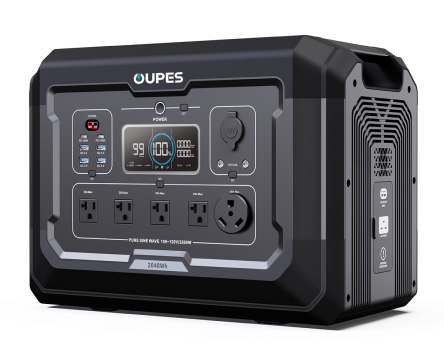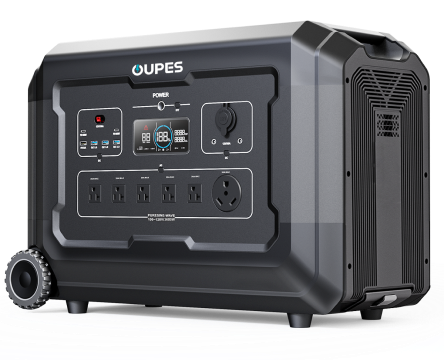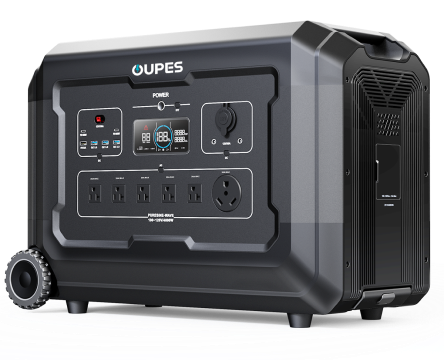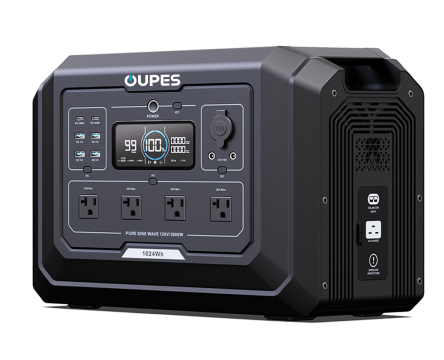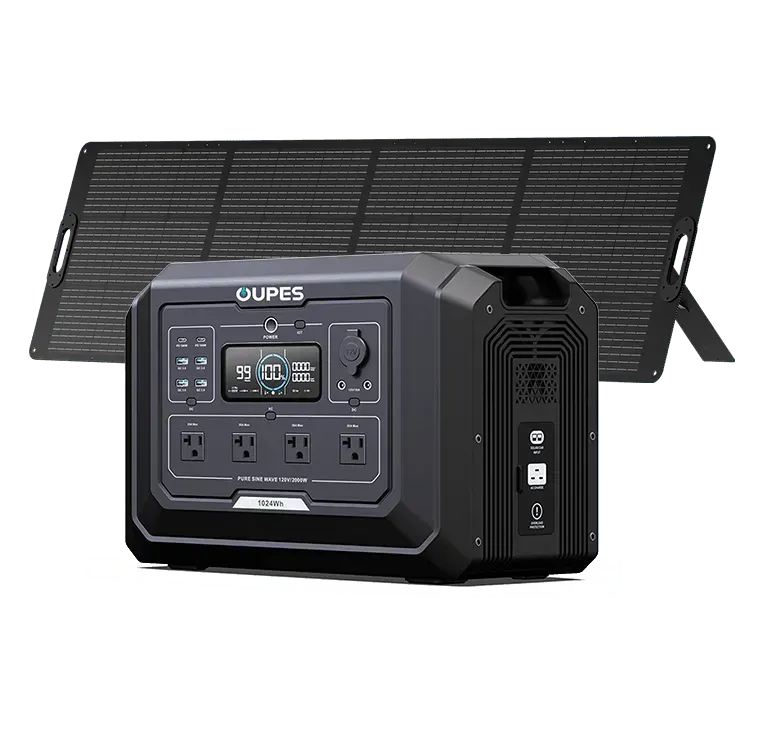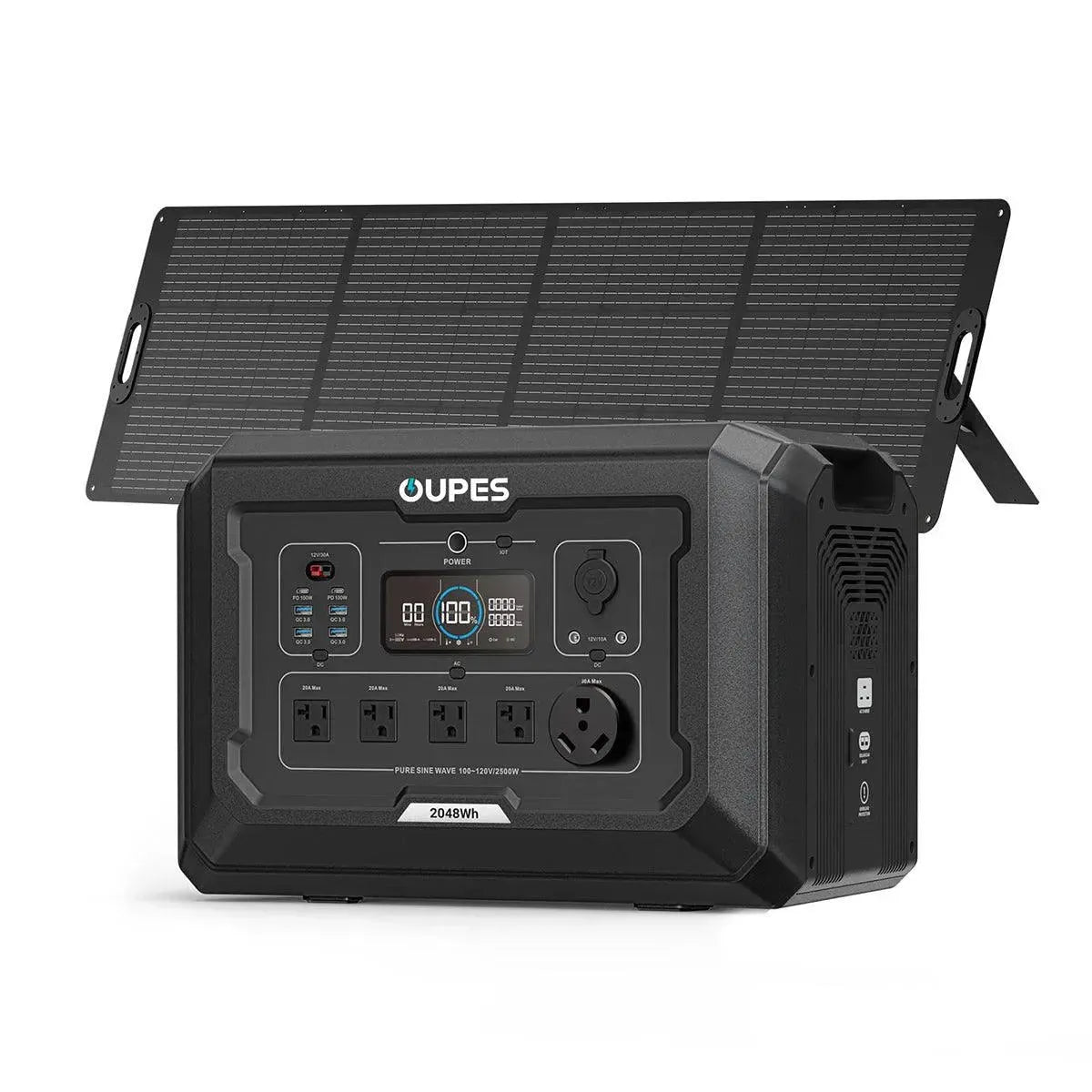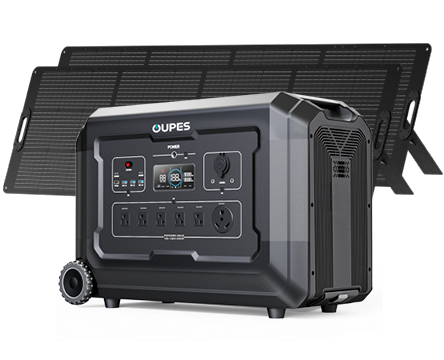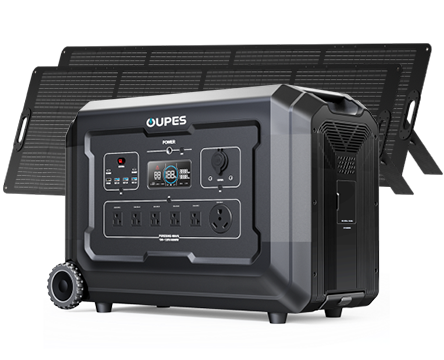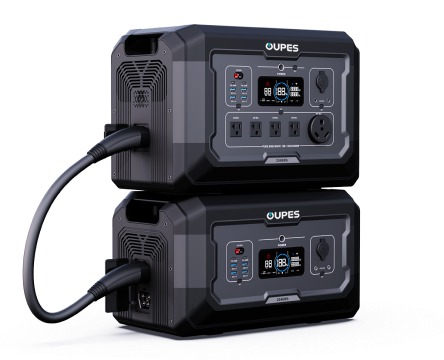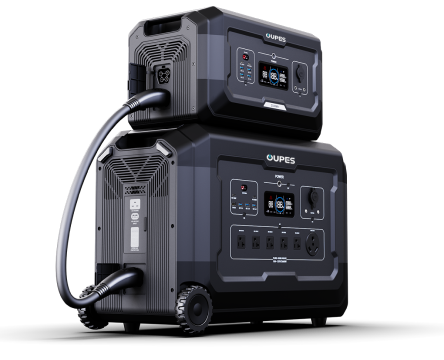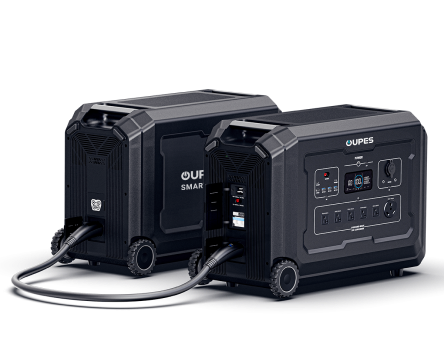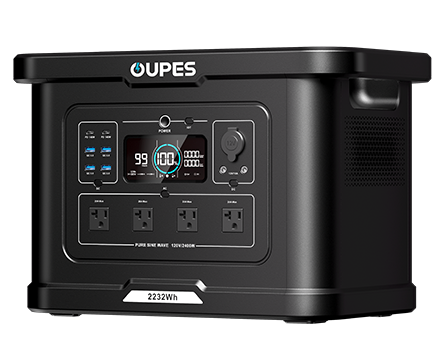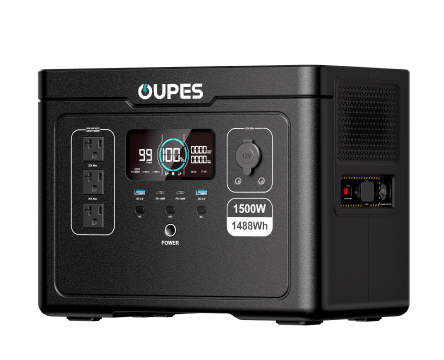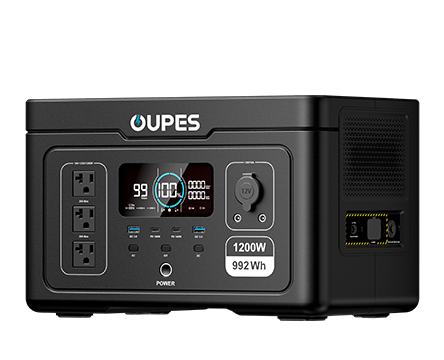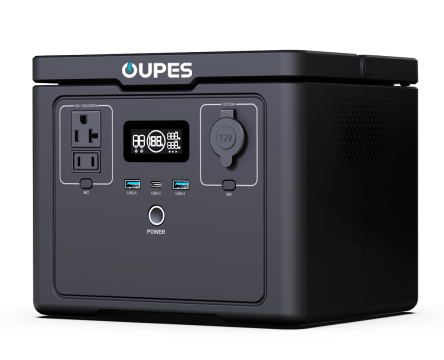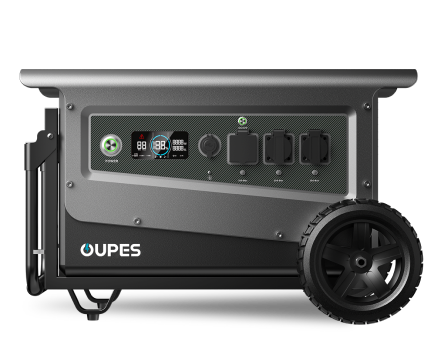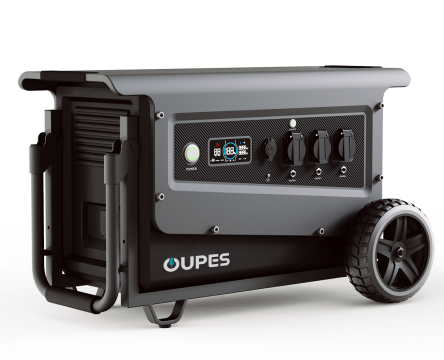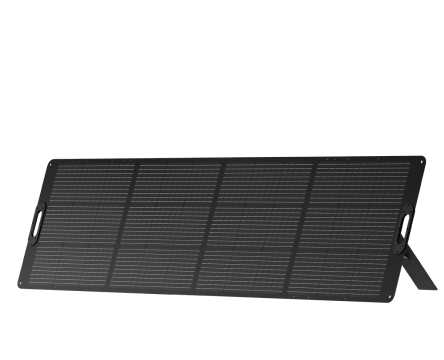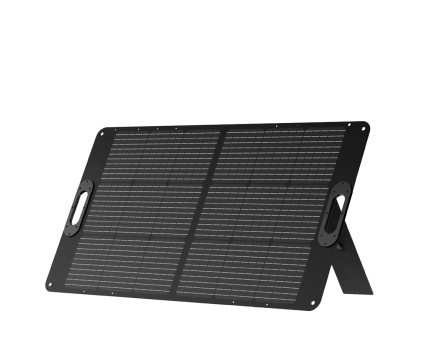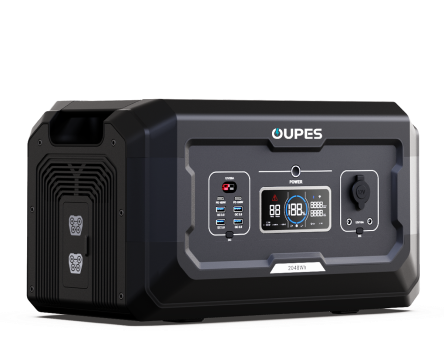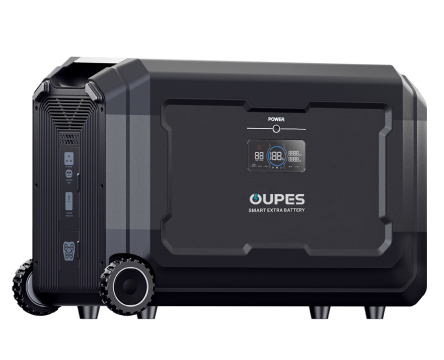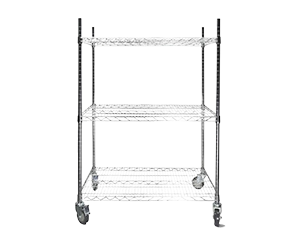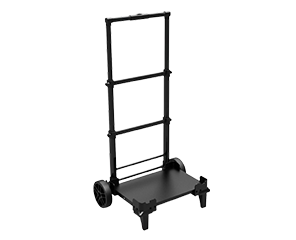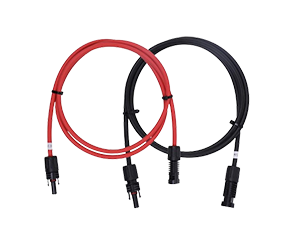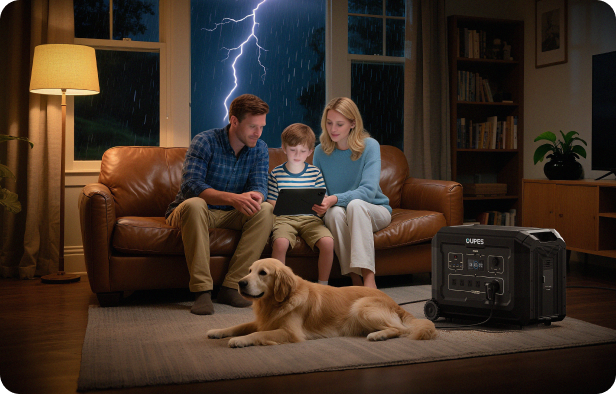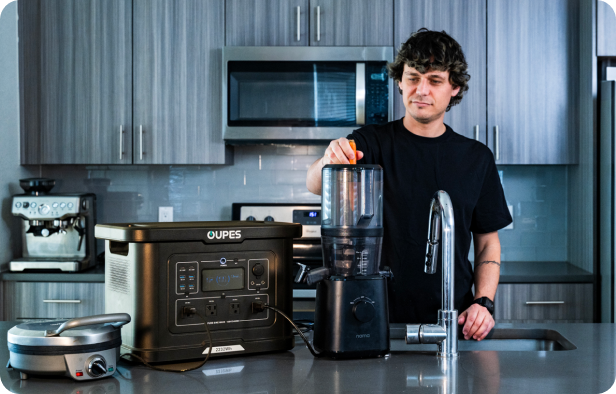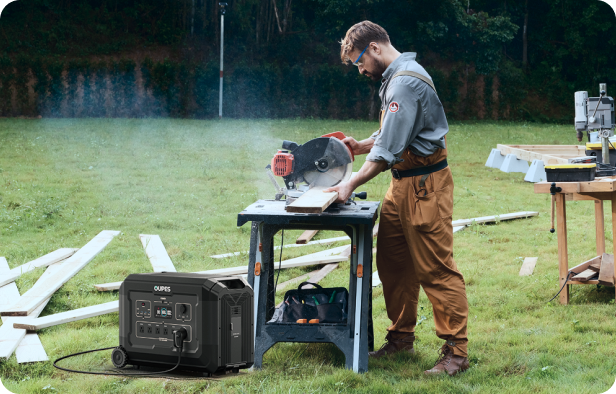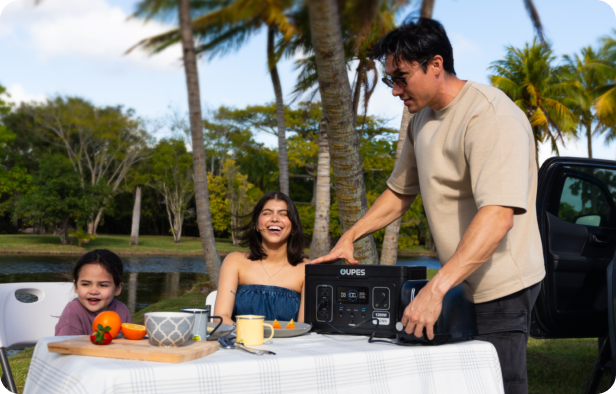Understanding Lumens and Watts
Before diving into conversions, it's important to understand what lumens and watts represent. Lumens measure the total amount of visible light emitted by a source — in other words, brightness. Watts, on the other hand, measure electrical power consumption. The higher the lumens, the brighter the light. The higher the watts, the more energy the light consumes.
Historically, lighting was measured in watts because older incandescent bulbs had a direct correlation between power usage and brightness. Today, with LED and energy-efficient lighting, this relationship has changed dramatically — a 10-watt LED can easily produce the same brightness as a 60-watt incandescent bulb.
Key Definitions
- Lumen (lm): A unit that measures light output or brightness.
- Watt (W): A unit that measures electrical power or energy consumption.
- Luminous efficacy: The efficiency of converting electrical power (watts) into visible light (lumens).
The Relationship Between Lumens and Watts
There's no fixed ratio between lumens and watts because it depends on the light source's efficiency. Traditional incandescent bulbs, compact fluorescent lamps (CFLs), and LEDs all convert energy into light at different rates. This efficiency is described as lumens per watt (lm/W).
Typical Efficiency by Light Type
| Light Source Type | Lumens per Watt (Efficiency) |
|---|---|
| Incandescent Bulb | 10–17 lm/W |
| Halogen Bulb | 16–24 lm/W |
| CFL (Compact Fluorescent) | 35–60 lm/W |
| LED (Light Emitting Diode) | 80–120 lm/W |
From this comparison, you can see that LEDs are the most efficient, producing far more light per watt than older technologies. This is especially relevant when you rely on limited power sources like portable power stations or solar generators.
How to Convert Lumens to Watts
To convert lumens to watts, you must know the light source's efficacy (lumens per watt). The general formula is:
Watts = Lumens ÷ Lumens per Watt
Example Calculations
Example 1: You have an LED light that produces 1,200 lumens and has an efficacy of 100 lm/W.
Watts = 1200 ÷ 100 = 12 watts
Example 2: You want to find how much power an incandescent bulb would need to produce the same brightness (1,200 lumens) at 15 lm/W efficiency.
Watts = 1200 ÷ 15 = 80 watts
That means an LED light requires only 12 watts to produce the same brightness as an 80-watt incandescent bulb — a massive improvement in efficiency and a key reason why modern off-grid systems use LEDs.
Luminous Efficacy and Why It Matters
Luminous efficacy measures how effectively a device converts electricity into visible light. The higher the value, the more efficient the light source. In the context of a portable solar generator, higher luminous efficacy means you can power your lighting needs for longer periods using less stored energy.
Mathematical Expression
Luminous Efficacy (lm/W) = Lumens ÷ Watts
This metric helps determine how many lights your solar generator can power simultaneously without draining too much energy.
Lumen-to-Watt Comparison Chart
Below is a reference table comparing common lumen levels to approximate power requirements for different lighting types.
| Brightness (Lumens) | LED (100 lm/W) | CFL (50 lm/W) | Incandescent (15 lm/W) |
|---|---|---|---|
| 450 lm | 4.5 W | 9 W | 30 W |
| 800 lm | 8 W | 16 W | 60 W |
| 1,100 lm | 11 W | 22 W | 75 W |
| 1,600 lm | 16 W | 32 W | 100 W |
This chart helps you estimate power draw when setting up lighting for your solar generator or portable power station. Choosing LED lights drastically reduces energy consumption and allows for more efficient use of stored solar energy.
Why It Matters for Solar Generators and Portable Power Stations
When using a solar generator or portable power station, every watt counts. These systems store a finite amount of energy (typically measured in watt-hours, Wh). Understanding how lumens relate to watts helps you plan lighting setups that maximize runtime without overloading your system.
1. Power Planning for Off-Grid Lighting
Let's say your portable power station has a 500Wh capacity. Using four 10-watt LED lights (each producing around 1,000 lumens) for five hours would consume:
4 lights × 10W × 5 hours = 200Wh
That's only 40% of your power capacity, leaving enough for other essential devices. If you used inefficient bulbs, you could easily double or triple that power draw.
2. Energy Efficiency During Camping or Emergencies
In off-grid scenarios, LED lighting ensures you maintain brightness without excessive drain. Understanding lumens-to-watts helps balance brightness with available energy, improving safety and comfort.
3. Solar Panel Output Matching
Knowing your lighting wattage helps calculate the required solar input. If your lights consume 50W in total and you use them for four hours, that's 200Wh — meaning you'll need at least that much solar generation daily to maintain battery balance.
Practical Examples for Power Estimation
Example 1: Lighting an RV
You have six LED lights, each rated at 8W (about 800 lumens). Running all six for six hours:
6 × 8 × 6 = 288Wh
With a 1,000Wh power station, that's under one-third of your total capacity. LEDs make it possible to light an entire RV efficiently.
Example 2: Outdoor Event Setup
For a small evening gathering powered by a solar generator, you might use ten LED floodlights (15W each, 1,500 lumens). Running them for 3 hours:
10 × 15 × 3 = 450Wh
This setup can easily be supported by a medium-capacity solar generator with 1kWh storage.
Tips for Maximizing Energy Efficiency
1. Choose LED Lighting
LEDs offer the best lumen-to-watt ratio, ideal for solar and battery-powered setups. They generate minimal heat and conserve energy effectively.
2. Use Reflectors or Diffusers
Enhance brightness without increasing wattage by using reflective surfaces or diffusers that distribute light evenly.
3. Opt for Warm or Neutral Color Temperatures
Warmer tones (2700K–4000K) are easier on the eyes and typically more efficient than very cool white light sources.
4. Install Motion or Timer Controls
Adding motion sensors or timers ensures your lights are only on when needed, further conserving battery power.
5. Monitor Energy Consumption
Many portable power stations feature LCD displays showing real-time wattage draw. Use these readings to adjust lighting usage and balance output versus stored capacity.
FAQ
1. What's the easiest way to convert lumens to watts?
Divide lumens by the light's efficiency (lm/W). For example, 1,000 lumens ÷ 100 lm/W = 10 watts.
2. Can I convert watts to lumens instead?
Yes. Multiply watts by efficiency. For example, 10 watts × 100 lm/W = 1,000 lumens.
3. Why is this conversion important for solar generators?
It helps estimate how much power lighting will consume from your battery and plan energy use efficiently when off-grid.
4. Do brighter lights always consume more power?
Not necessarily. Modern LEDs can produce high brightness with low wattage thanks to better luminous efficacy.
5. How long can a 500Wh solar generator run LED lights?
If you use five 10W LEDs (50W total), your 500Wh generator can power them for roughly 10 hours (500 ÷ 50 = 10).
6. Is the lumen-to-watt conversion fixed?
No. It varies depending on bulb efficiency and technology. Always check product specifications for accuracy.
7. Can I use the same formula for outdoor floodlights?
Yes. Whether for indoor or outdoor lighting, lumens-to-watts conversion works the same way — just note that floodlights often have higher output.
8. Does color temperature affect energy use?
Slightly. Cooler (bluer) lights sometimes use marginally more energy, but the difference is small compared to changes in efficacy between technologies.

